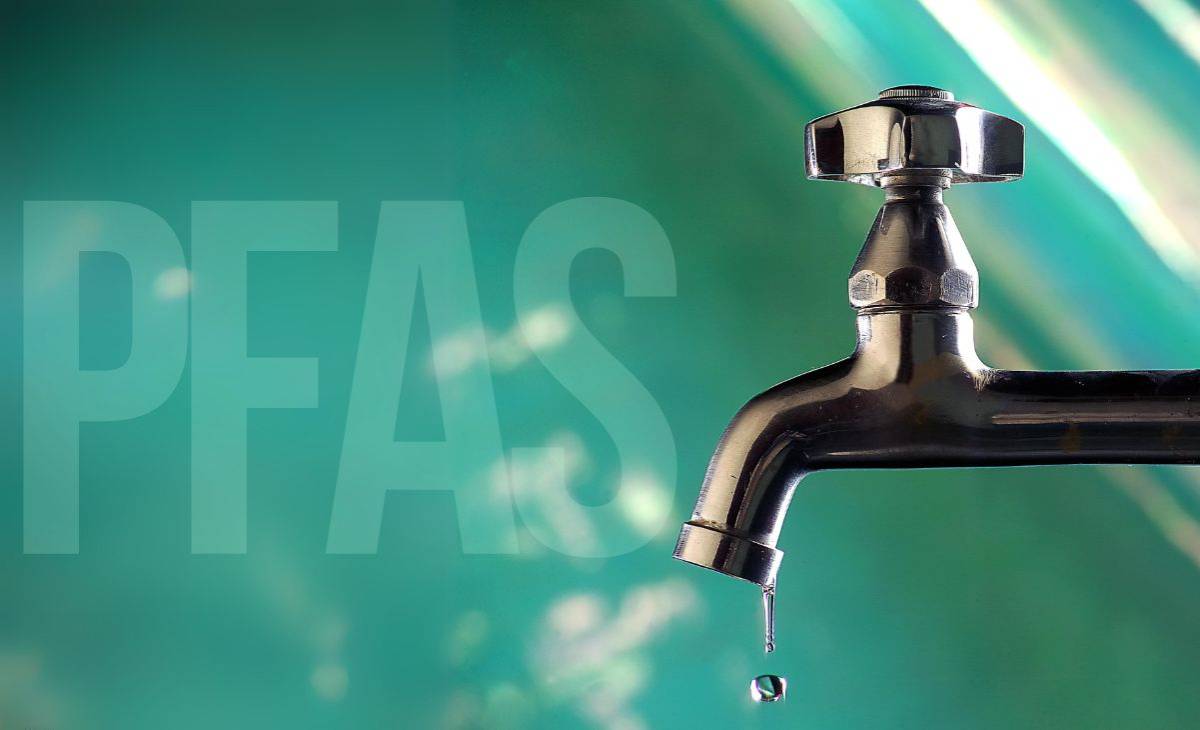Scientists develop potential scalable solution for PFAS remediation
In a significant breakthrough, scientists at the University of Rochester have developed an electrochemical approach that promises to revolutionize the remediation of per- and polyfluoroalkyl substances (PFAS) in our environment.
These "forever chemicals" are commonly found in various products, including clothing, food packaging, and firefighting foams, and have been linked to severe health risks. The new technique, outlined in a recent study published in the Journal of Catalysis, utilizes laser-made nanomaterials created from nonprecious metals, presenting a globally scalable solution for tackling PFAS pollution in water.
Led by Assistant Professor Astrid Müller, an expert in chemical engineering, the research team focused on a specific type of PFAS known as Perfluorooctane sulfonate (PFOS). Although PFOS has been banned in many countries due to its detrimental effects on human and animal health, it remains pervasive in the environment, including water supplies. Müller and her team leveraged their expertise in ultrafast lasers, materials science, chemistry, and chemical engineering to develop nanocatalysts specifically designed for PFAS remediation.
The innovative process involves using a pulsed laser in liquid synthesis to control the surface chemistry of the nanocatalysts, a feat not achievable through traditional wet chemistry methods. Through the light-matter interaction, the researchers achieve precise control over the size of the nanoparticles. These nanoparticles are then attached to hydrophilic carbon paper, which provides a cost-effective substrate with a high surface area. The team employed high concentrations of lithium hydroxide to completely defluorinate the PFOS chemicals, effectively removing the harmful components.
For the technique to be viable on a large scale, the researchers aim to treat at least one cubic meter of polluted water at a time. What sets this method apart is its use of nonprecious metals, eliminating the need for expensive boron-doped diamond, which is required in current approaches. The team estimates that treating a cubic meter of contaminated water using boron-doped diamond would cost a staggering $8.5 million, while their novel method is nearly 100 times cheaper.
Looking ahead, Müller and her team plan to further explore the efficacy of lithium hydroxide and investigate the possibility of using even more abundant and cost-efficient materials. They also intend to apply their solution to other PFAS chemicals that are still widely used but carry potential health risks.
Recognizing the value of PFAS in various consumer products and green technologies, Müller emphasizes the importance of finding sustainable ways to harness these chemicals. By leveraging electrocatalysis to break fluorocarbon bonds and safely extract fluoride without environmental harm, she believes that PFAS can be used in a circular and environmentally friendly manner.
While commercialization of this new method is still a long-term goal, Müller has already filed a patent, envisioning its future application in wastewater treatment facilities and by companies needing to remediate contaminated sites.
Source:






















